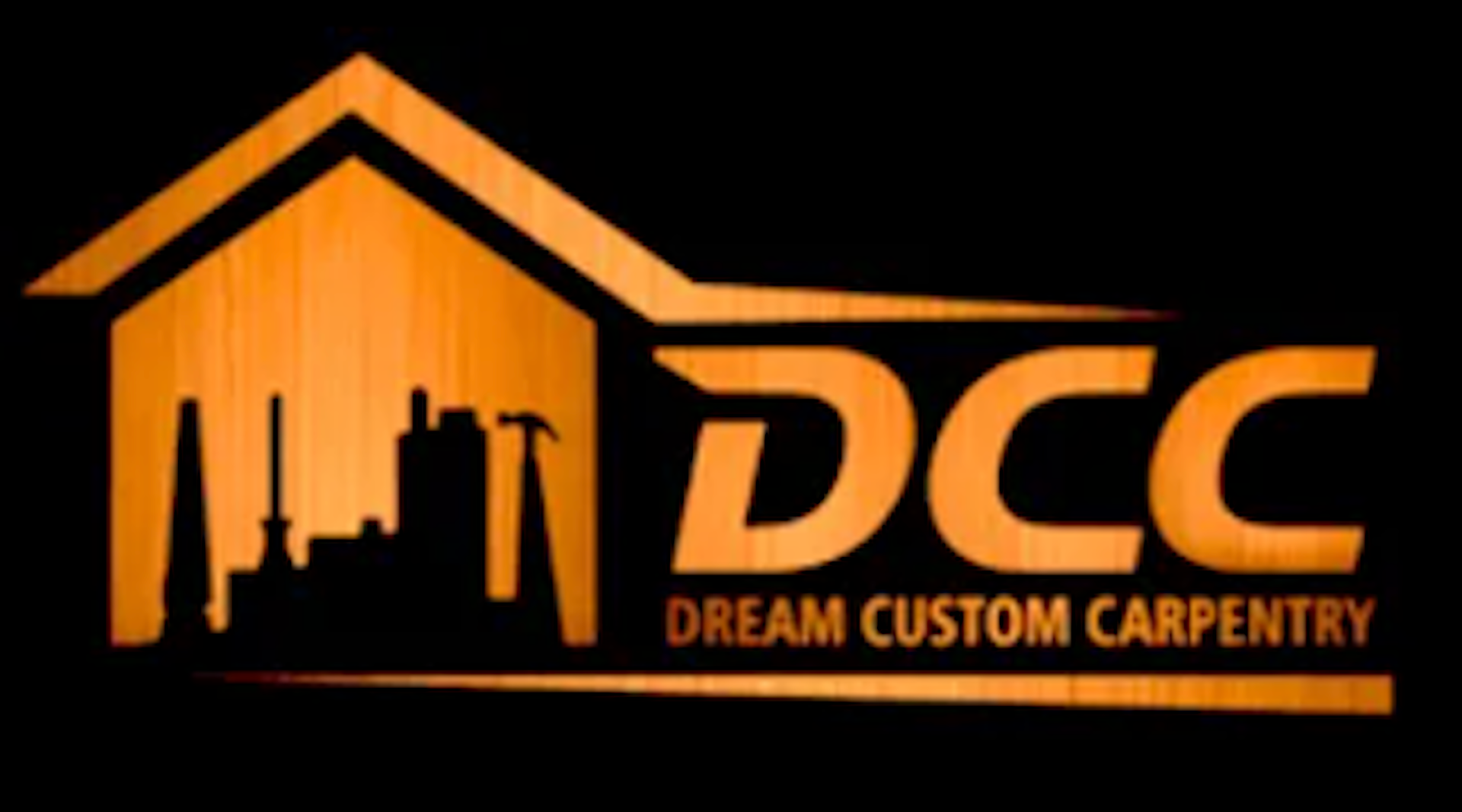How Do People Pay for Remodels?
A Dream Custom Carpentry Blog
Remodeling a home can be exciting—but also expensive. Whether it's a kitchen update, bathroom redo, or whole-house makeover, the cost can add up fast. So how do people actually pay for these projects?
The good news is that there are several common ways to fund a
remodel. Each option comes with pros and cons, and not every option is right for every person. Below are some of the most used methods, along with things to think about before making a choice.
Savings
A lot of homeowners save up before starting a remodeling project. Using cash means there’s no debt to worry about later. It can feel great to pay for everything upfront and avoid interest payments. People who choose this route often do smaller updates over time or wait longer before beginning.
The downside? It may take a while to save enough. Some people end up delaying needed upgrades while trying to build their remodeling fund. But for those who can wait, this is the most straightforward and stress-free option.

Home Equity Loans
Another common method is using a home equity loan. This type of loan lets homeowners borrow money based on the value of their home. It usually comes with a fixed interest rate and set monthly payments.
The big plus is that these loans often offer better rates than personal loans or credit cards. Many people choose this option for mid-size to large
remodels like kitchens, bathrooms, or additions. Just keep in mind that your home is used as collateral—so you’ll want to borrow only what you can repay comfortably.

Home Equity Line of Credit
A HELOC is similar to a home equity loan but works more like a credit card. You get a set credit limit based on your home’s value and can borrow from it as needed. Interest rates are usually variable, and you pay back only what you borrow.
HELOCs are helpful for long-term or phased remodels where you don’t need all the money at once. People often use them for projects that change as they go—like a
kitchen remodel that grows into more. Just be sure to keep track of spending and how much interest adds up over time.\

Personal Loans
For smaller projects, some homeowners use a personal loan from a bank or online lender. These loans are quick to get and don’t require putting your home at risk. Approval is usually based on credit score and income.
The downside is that interest rates can be higher than loans backed by home equity. And the amount you can borrow may be limited. Still, for a bathroom refresh, flooring replacement, or cabinet upgrade, a personal loan can be a simple solution.

Credit Cards
Some people pay for remodels using a credit card. This can make sense for very small projects or if the card has a 0% intro rate for several months. For example, a new vanity, appliance, or light fixture might be charged and paid off before interest kicks in.
But be careful—credit card debt adds up fast. Unless you can pay the balance off quickly, this method may cost more in the long run. It’s best used for short-term needs or finishing touches, not for major work.

Contractor Financing
Some contractors offer financing plans through a partner lender. These plans let customers spread out payments while work is being done. This can be convenient, especially for those who don’t want to go through a bank.
It’s important to read the details. Interest rates, fees, and loan terms can vary. Before signing up, compare the offer to what your bank or credit union could provide. Still, this can be a great option if the terms are fair and the process is simple.

Cash-Out Refinance
With this option, homeowners replace their current mortgage with a new one and take out extra money to use for a remodel. This works best if home values have gone up and interest rates are still low.
It’s a big move, though. You’re changing the terms of your entire mortgage. But if planned carefully, this can give access to large funds with lower interest than other loans.

Final Thoughts
There’s no single best way to pay for a remodel. It depends on your budget, the size of the project, and how quickly you need the work done. Some people save up over time. Others tap into home equity or take out a loan. And in many cases, a mix of payment options works best.
Whatever method you choose, it’s smart to plan ahead. Get a clear idea of the full cost, ask about payment schedules, and always read the fine print on any loan. A
remodel is an investment—both in your house and your comfort. With the right plan, it’s easier to make smart choices that pay off in the long run.

DO YOU NEED a Kitchen Remodeling Contractor?

FREE No Obligation Estimate
Let us know what you're working on! We'll get you a quote right away.
